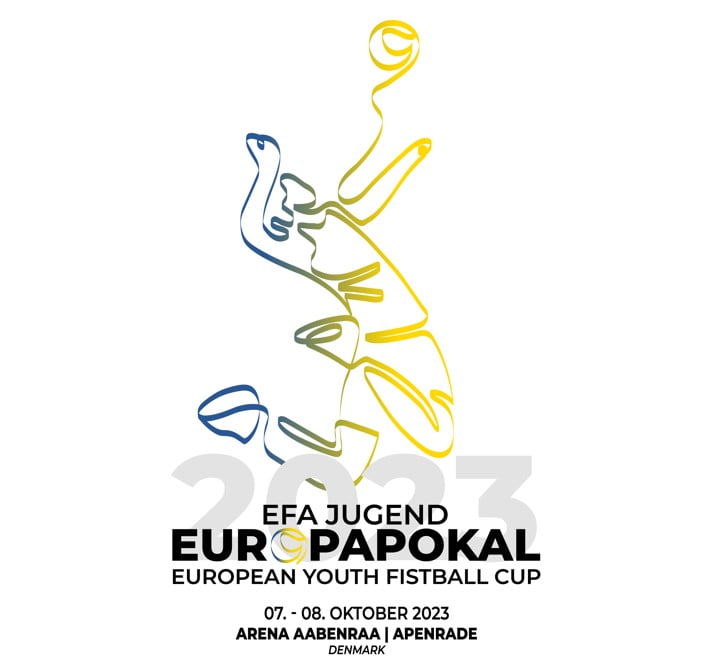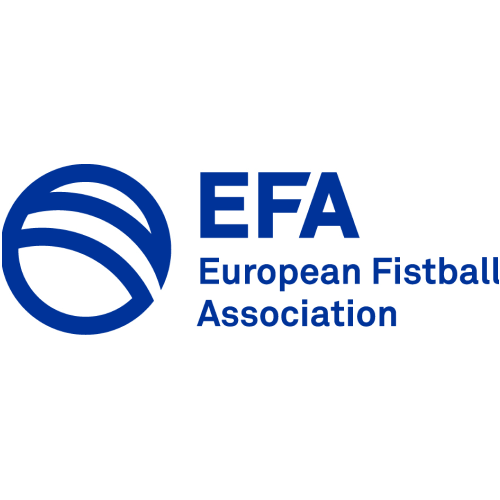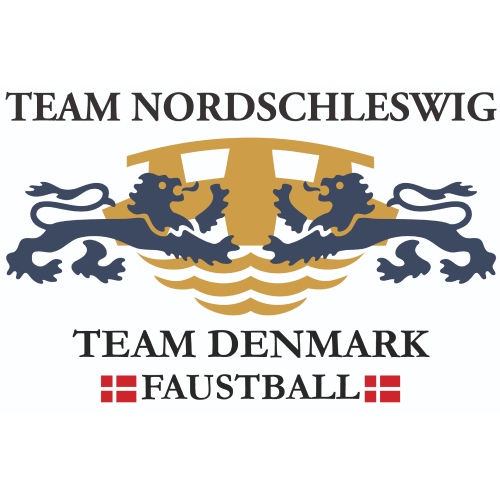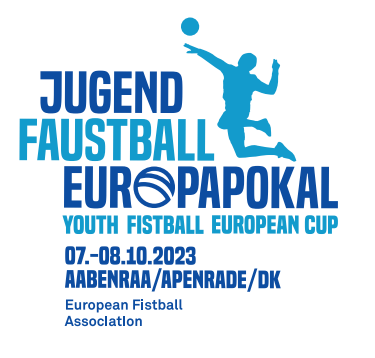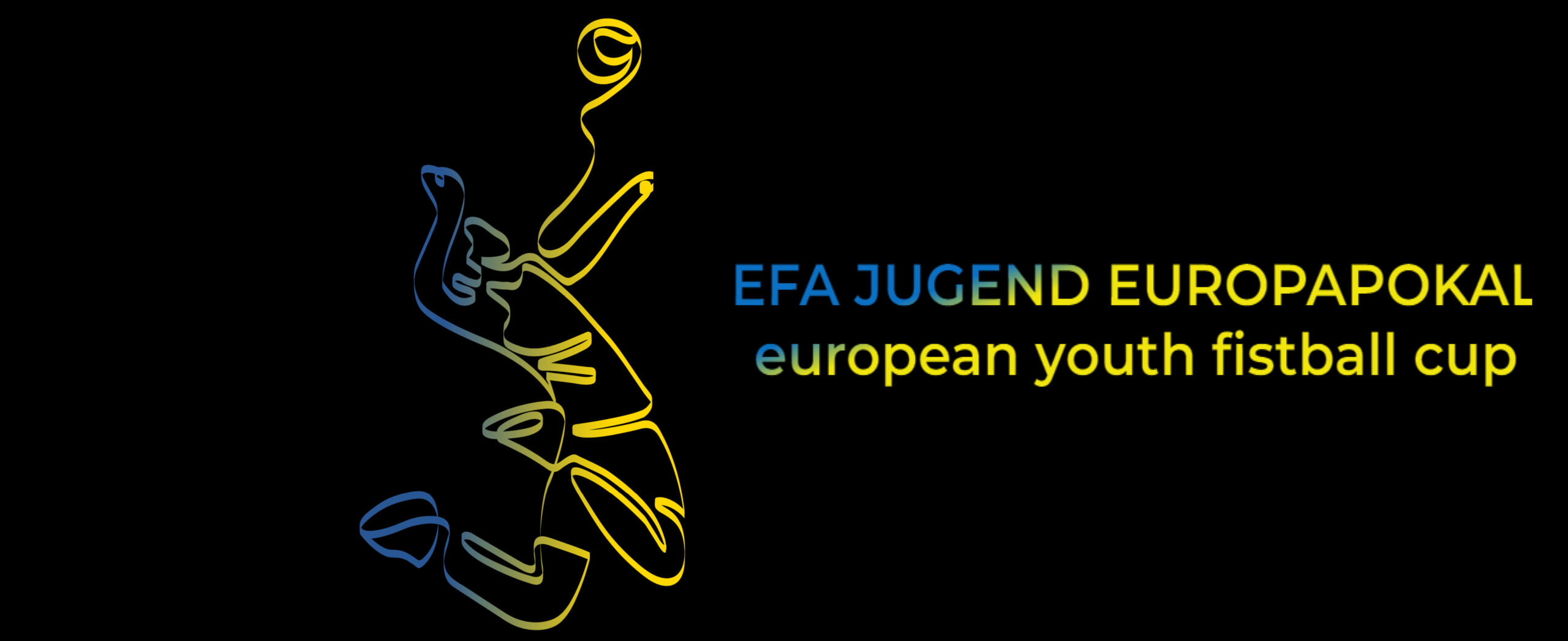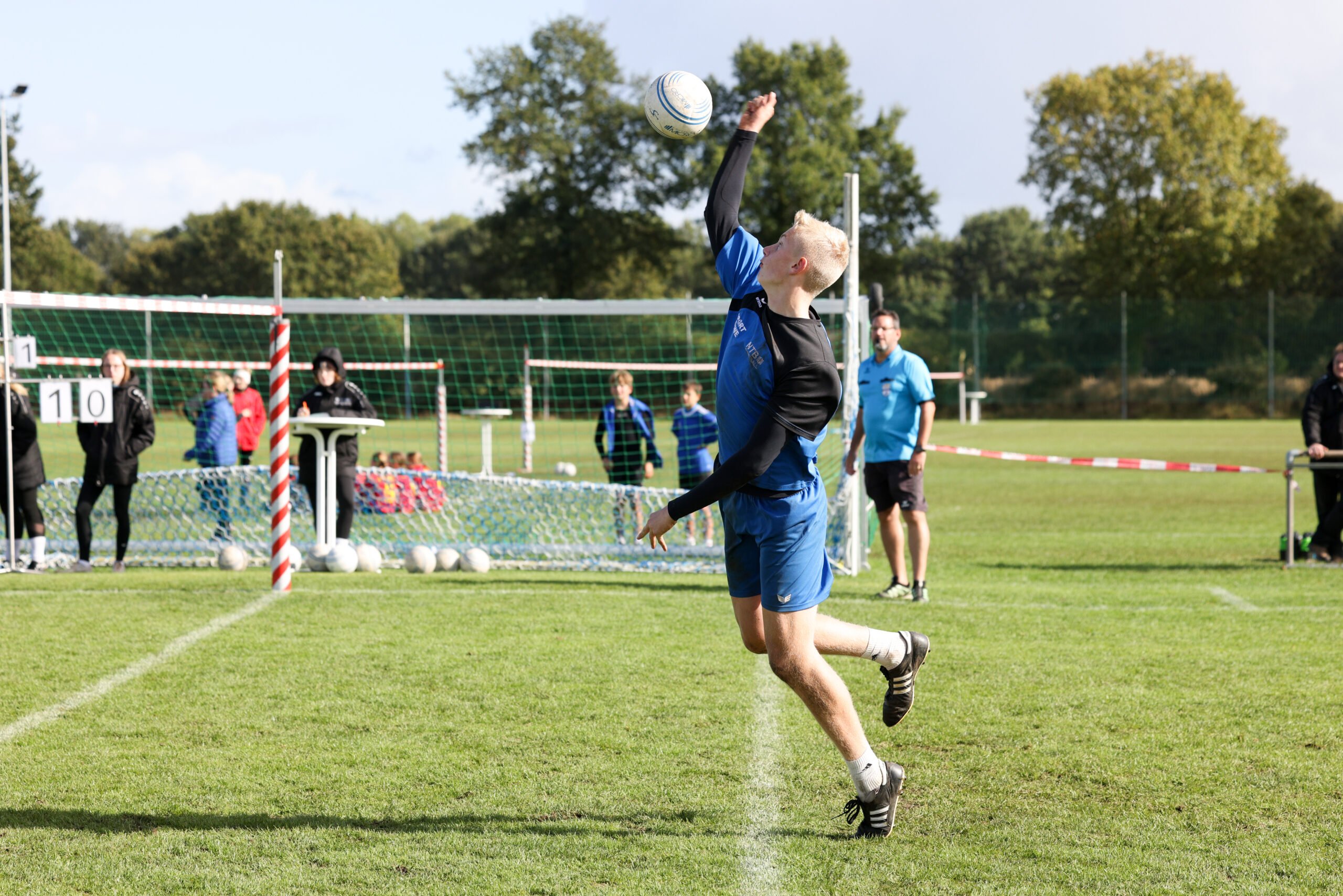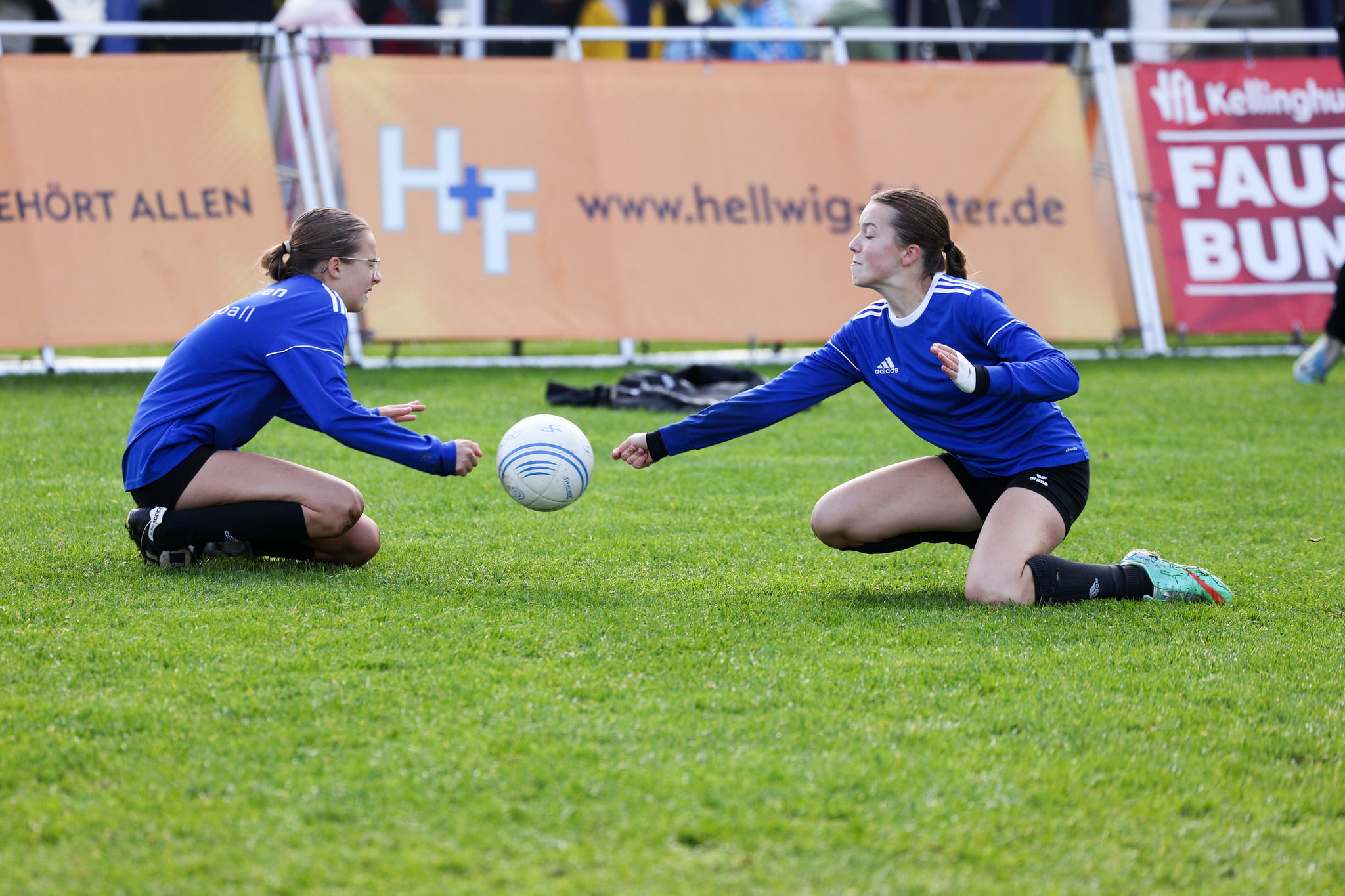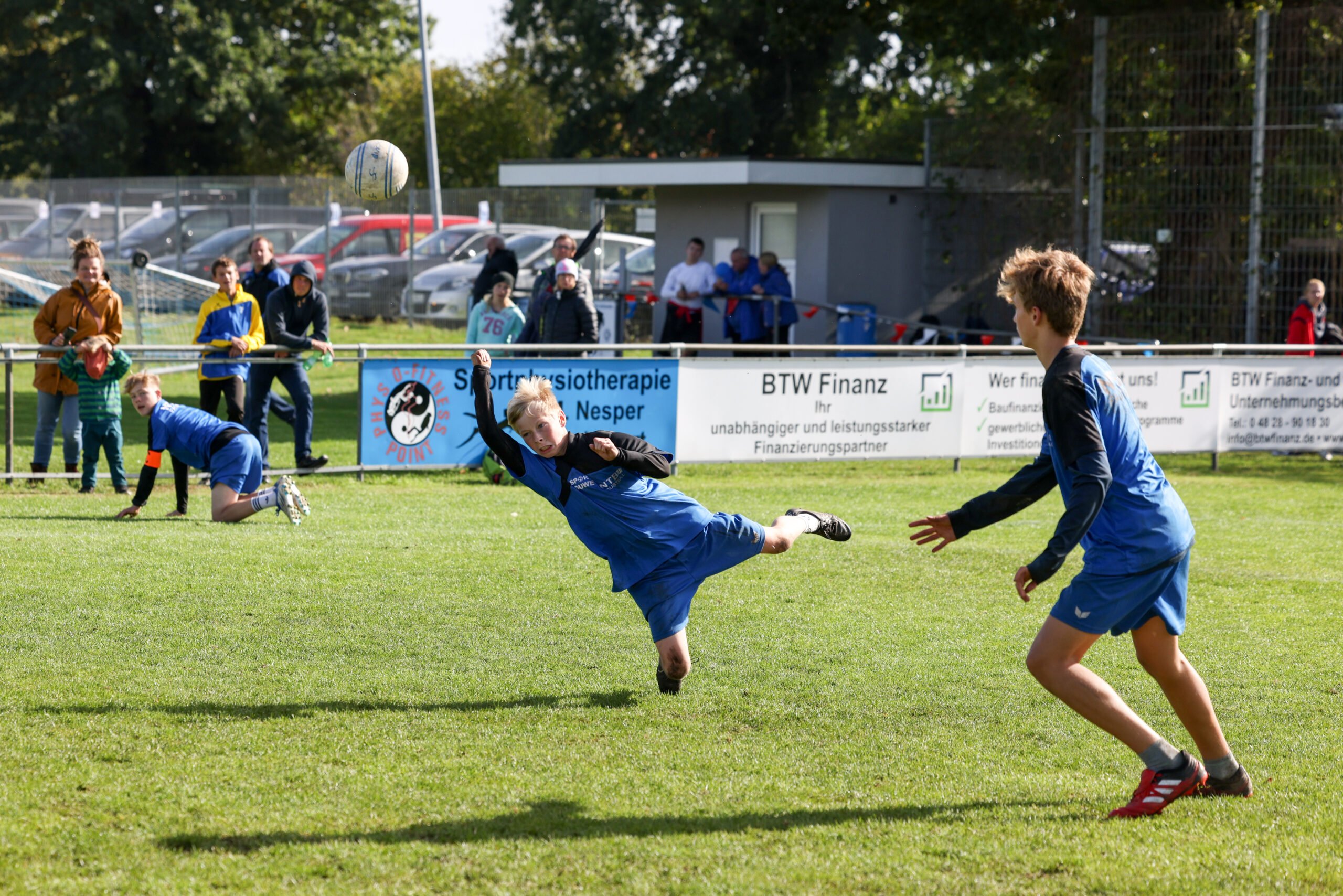North Schleswig and the German-Danish border region
North Schleswig is one of Denmark’s most scenic and varied regions. There is the hilly landscape by the Baltic Sea, the idyllic inland and the North Sea coast with the dykes and Wadden Sea UNESCO World Heritage Site.
Historically, the border region has been molded by German and Danish influences as well as shifting structure of power. The armed conflicts have today been replaced by a peaceful and fruitful coexistence in which the activities of the German minority contribute to the cultural diversity of the region. Today, times of war have been replaced by peaceful cooperation and mutual support, and the German minority on the Danish side as well as the Friesian, Sinti and Romanies and the Danish people of Southern Schleswig on the German side all contribute to the cultural diversity of the region. This high concentration of minorities automatically leads to a vast variety of languages. Besides German and Danish, regional and minority languages such as Frisian, Low German, Synnejysk and Romani are spoken in the region. Apart from adding to the rich cultural tapestry of the region, the minorities of the German-Danish borderland also promote the cooperation of the two nations and mutual exchange and trade to support a transborder economy.
Further information: Visit Sønderjylland
The German minority in Denmark
The German minority came into being in 1920 when the German-Danish border was shifted on the basis of a referendum. Today, of the 250,000 inhabitants of North Schleswig in southern Denmark, about 15,000 belong to the German minority. The German minority maintains 20 nurseries and 14 schools. They are open to anyone who wishes to raise their children with the knowledge and understanding of two languages and cultures.
Further information HERE.
